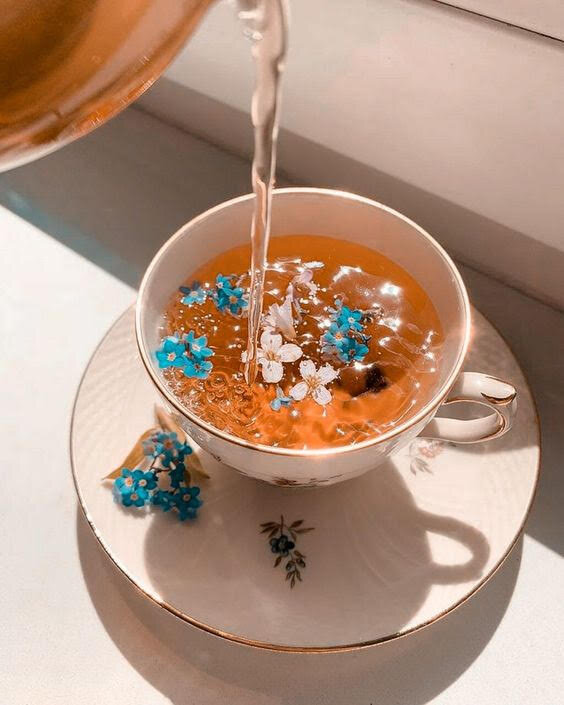The Benefits of Loose Leaf Tea
By: Olivia McIntosh
Incorporating loose leaf tea into your daily diet will not only serve you many essential long-term health benefits, but will also enhance your overall tea-drinking experience. The tea bags you buy at your big retail grocers offer a small array of tea combinations.
The most popular tea bag brands have a long shelf life, which means lots of sitting around before they are introduced to your favourite mug.
Loose leaf tea retains more of the nutrients from the plants, allowing the steeping process to better extract all of the supplements from the leaves.
Having loose leaf tea also contributes to less waste overall. After consuming it can be composted, unlike general tea bags that are typically made with plastics. Tea bags include the small broken down pieces of the tea leaves, resulting in a limited production of health benefits.
Tea in this format allows for full exposure to the aroma and flavour which enhances the morning steep routine, allowing you to further enjoy the tea’s fragrance as you wait for the water to cool. Much like wine, the soil, climate, and altitude of the harvesting location play an immense role in the flavours of freshly harvested tea leaves.
Introducing: Hibiscus
During the art of curating the tea blends, it is key that different kinds are included in the blend in order to add a variety of characteristics, specifically caffeine and the flavors. Hibiscus tea is specifically known for its abundance of beauty benefits. The vitamin C in hibiscus helps the body produce more collagen naturally giving the skin a glowy finish. Hibiscus is high in an antioxidant called myricetin, and censors the compound collagenase so that it does not deteriorate the collagen production. In return, this process blooms the collagen and prevents elastin breakdown in the skin. The antioxidants in the hibiscus assist the skin in reducing the effects of stressors that yield aging.
Aside from their “health nut” qualities, there is an art to loose leaf tea mixology by figuring out which leaves, based on taste and smell, go best together.



